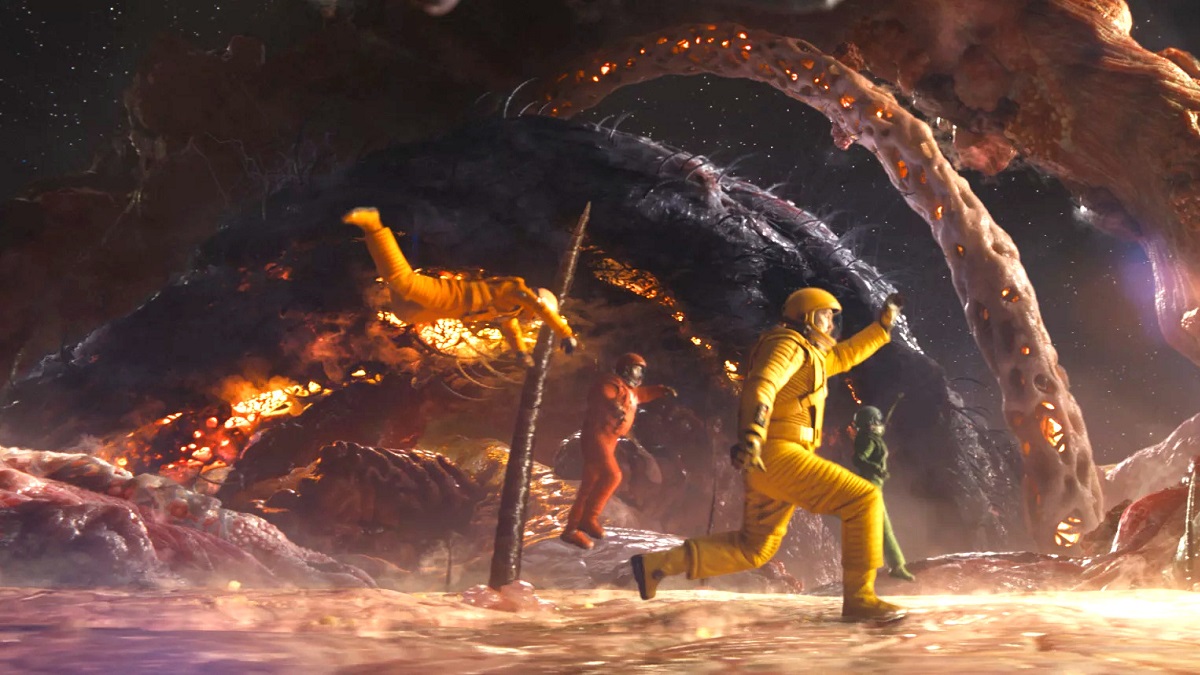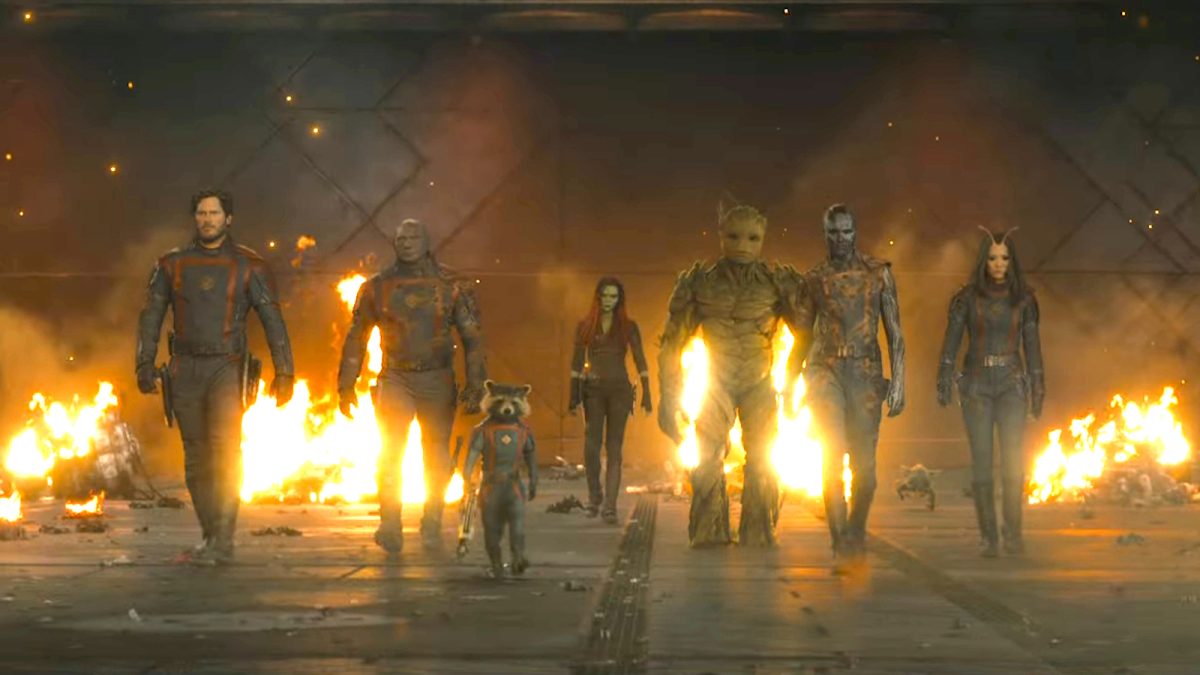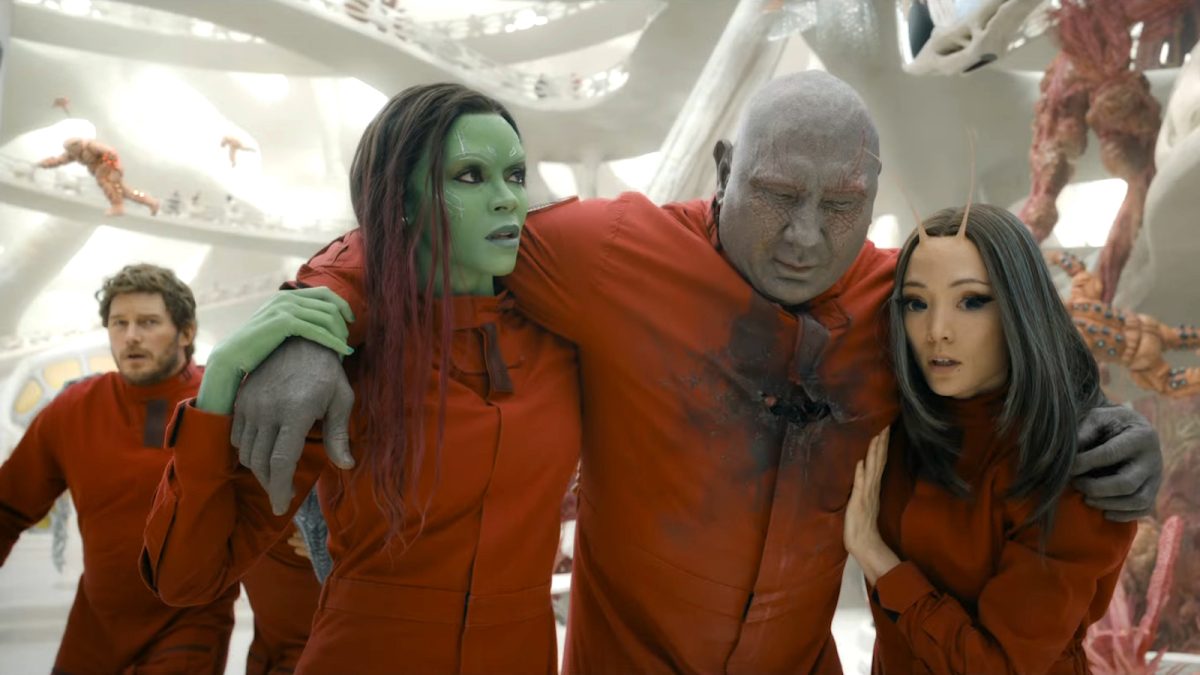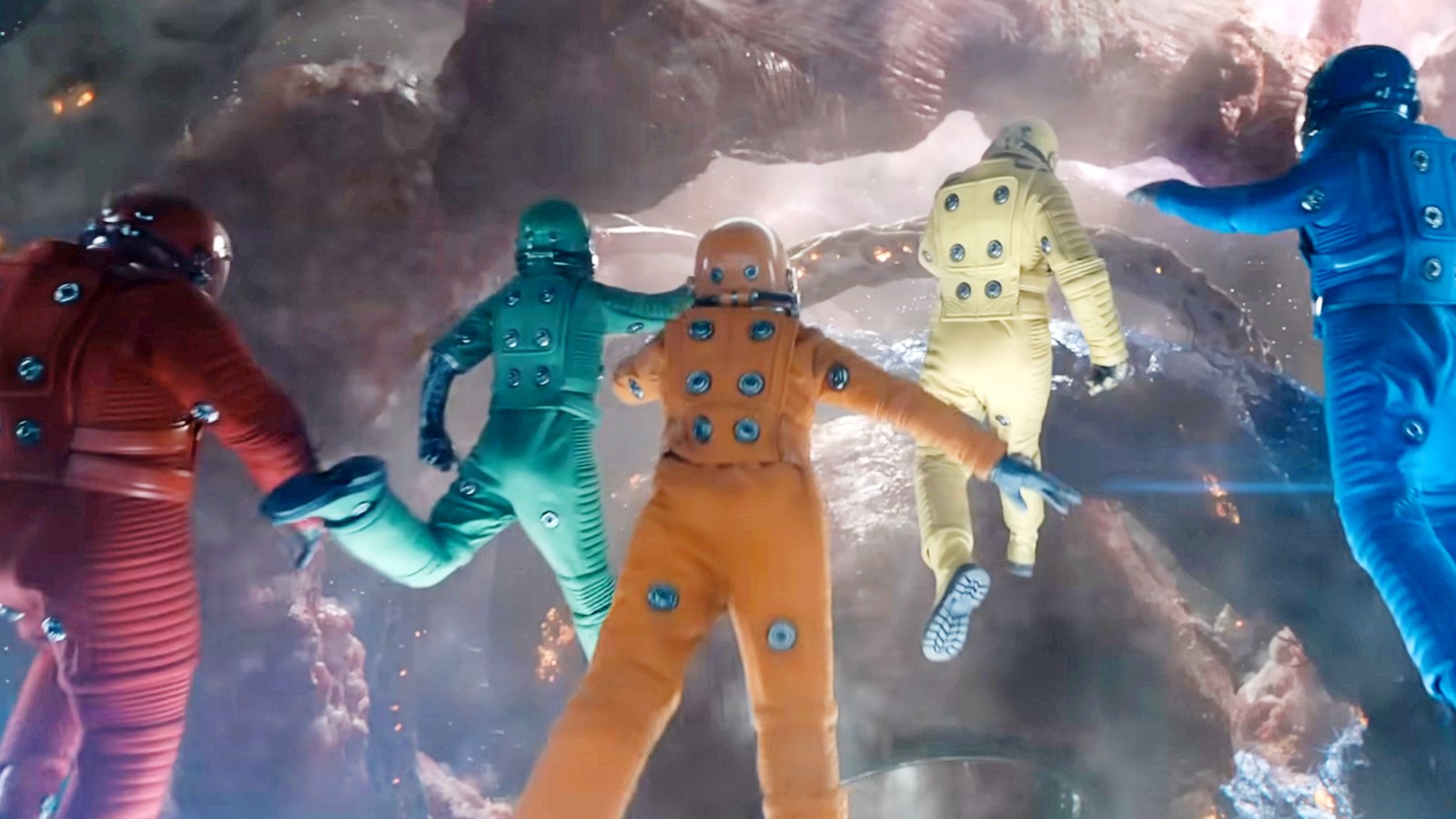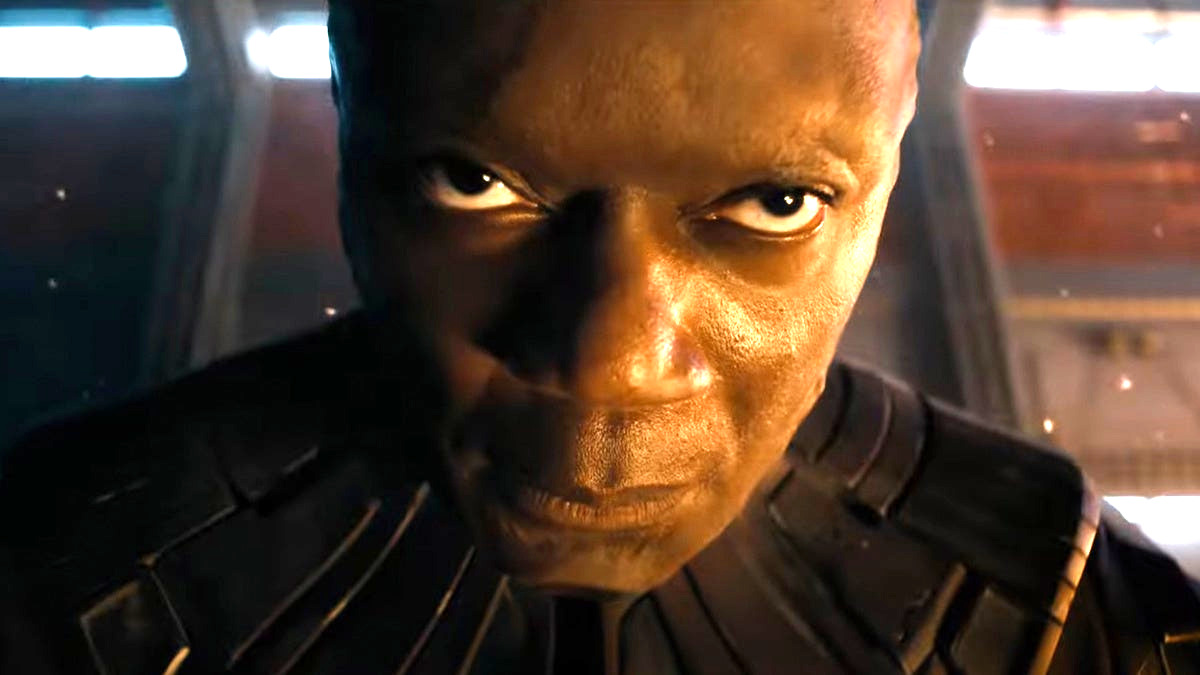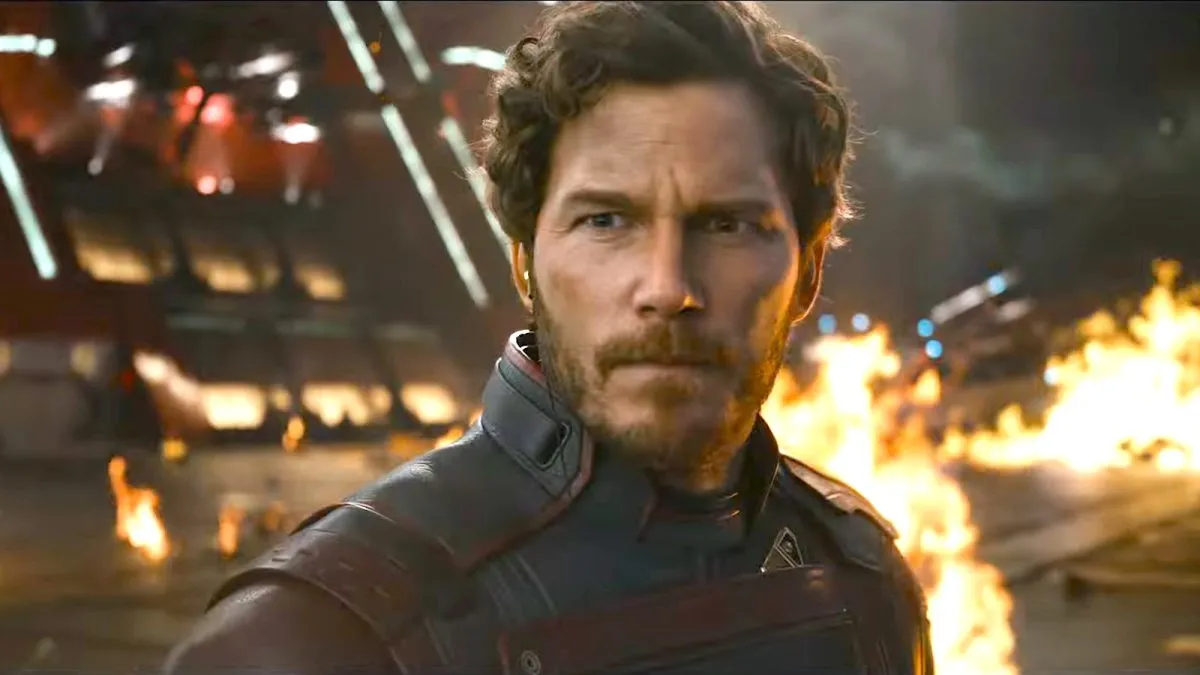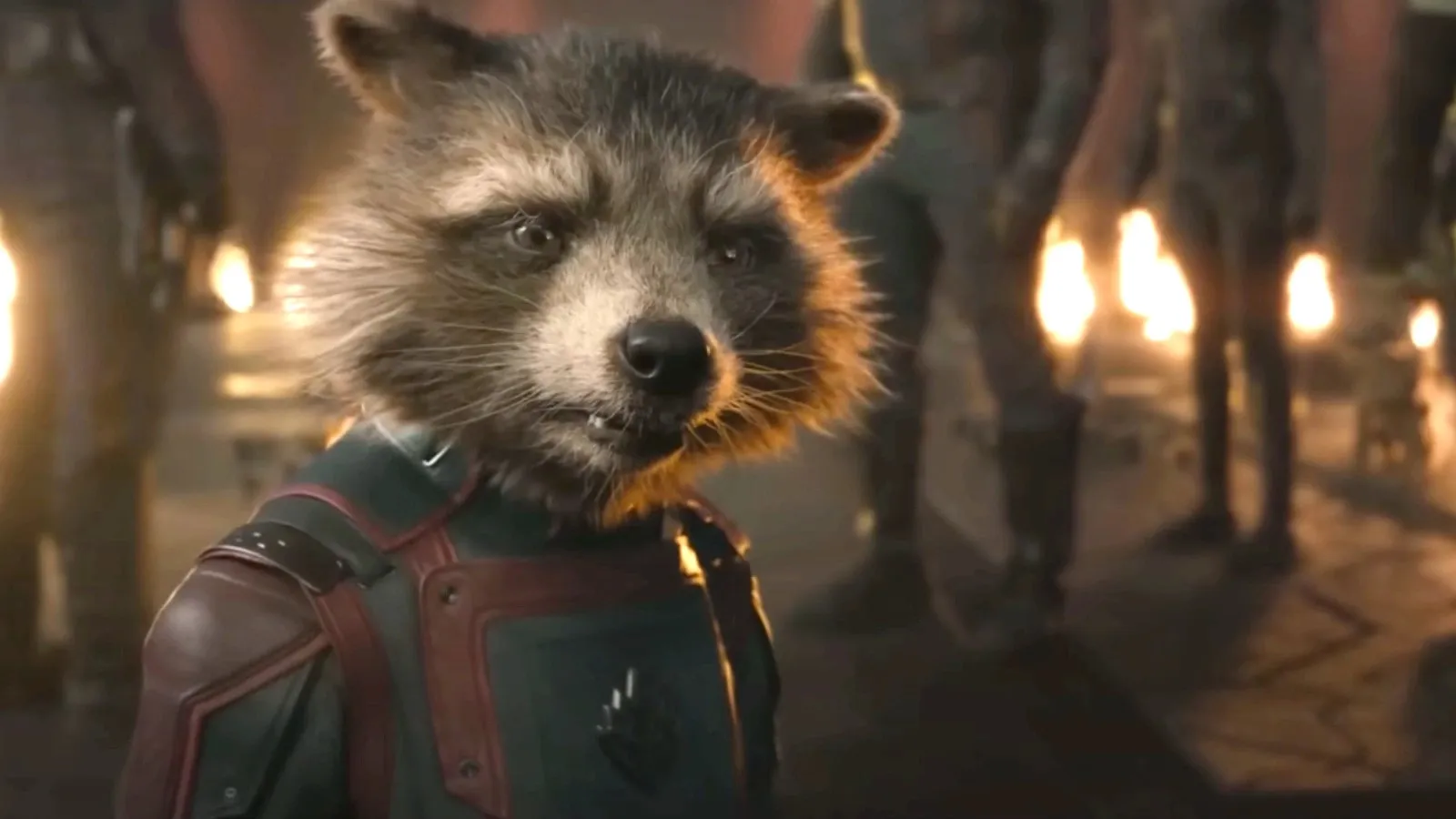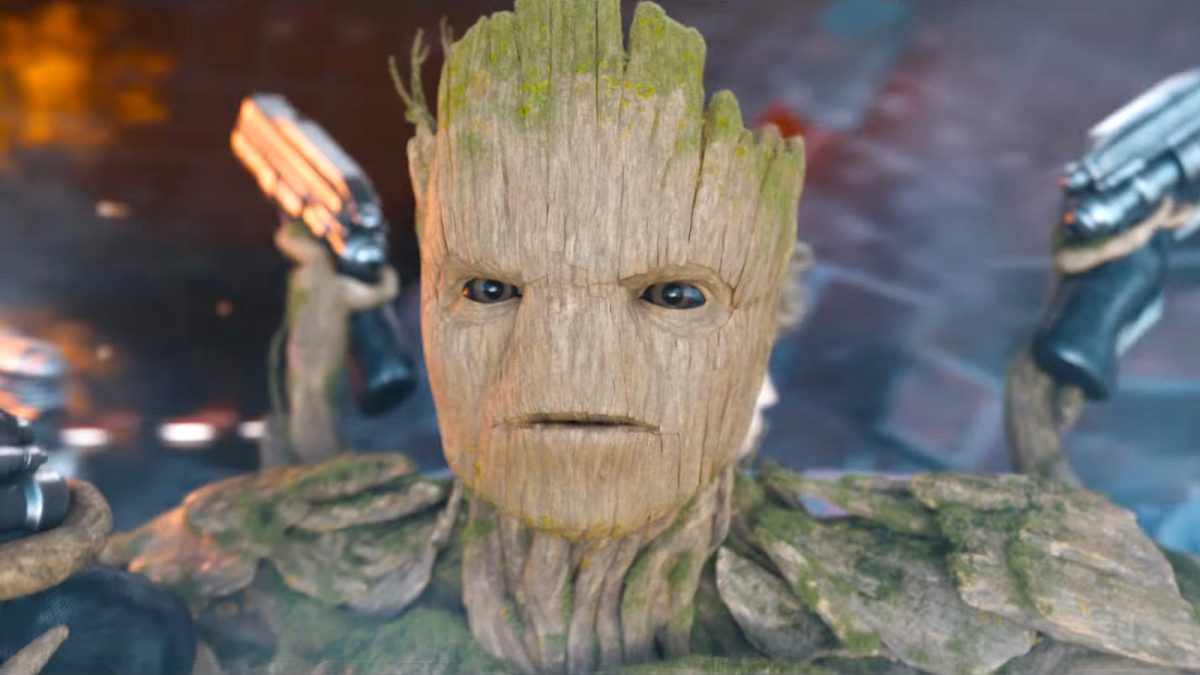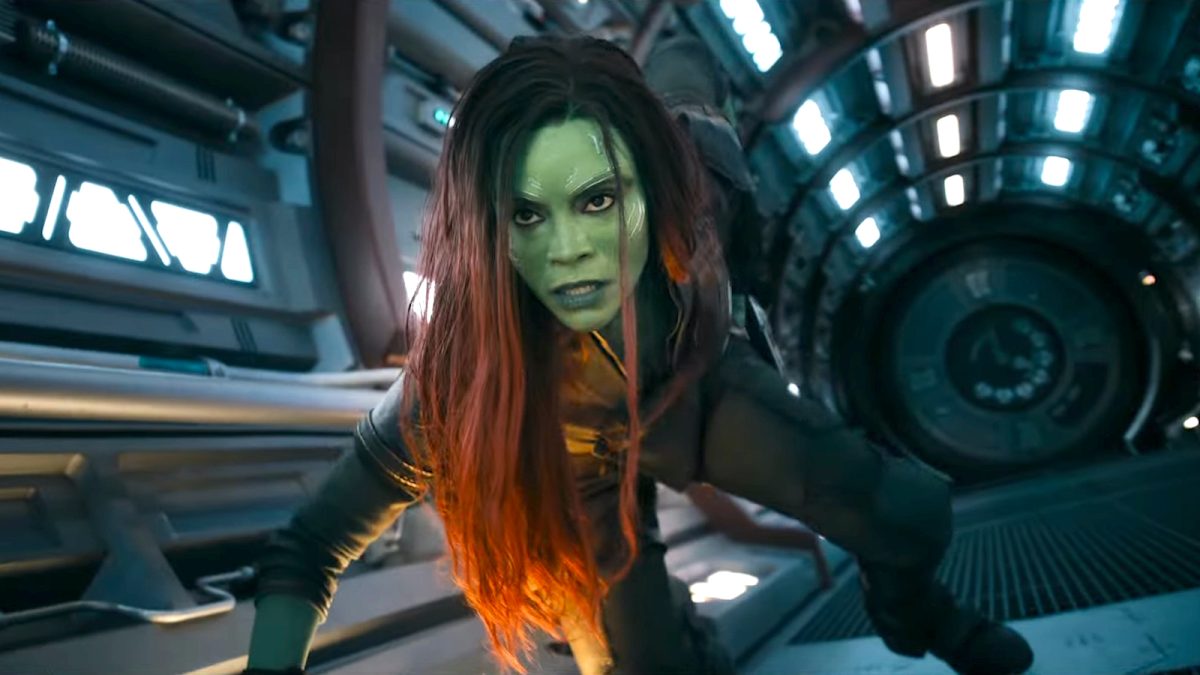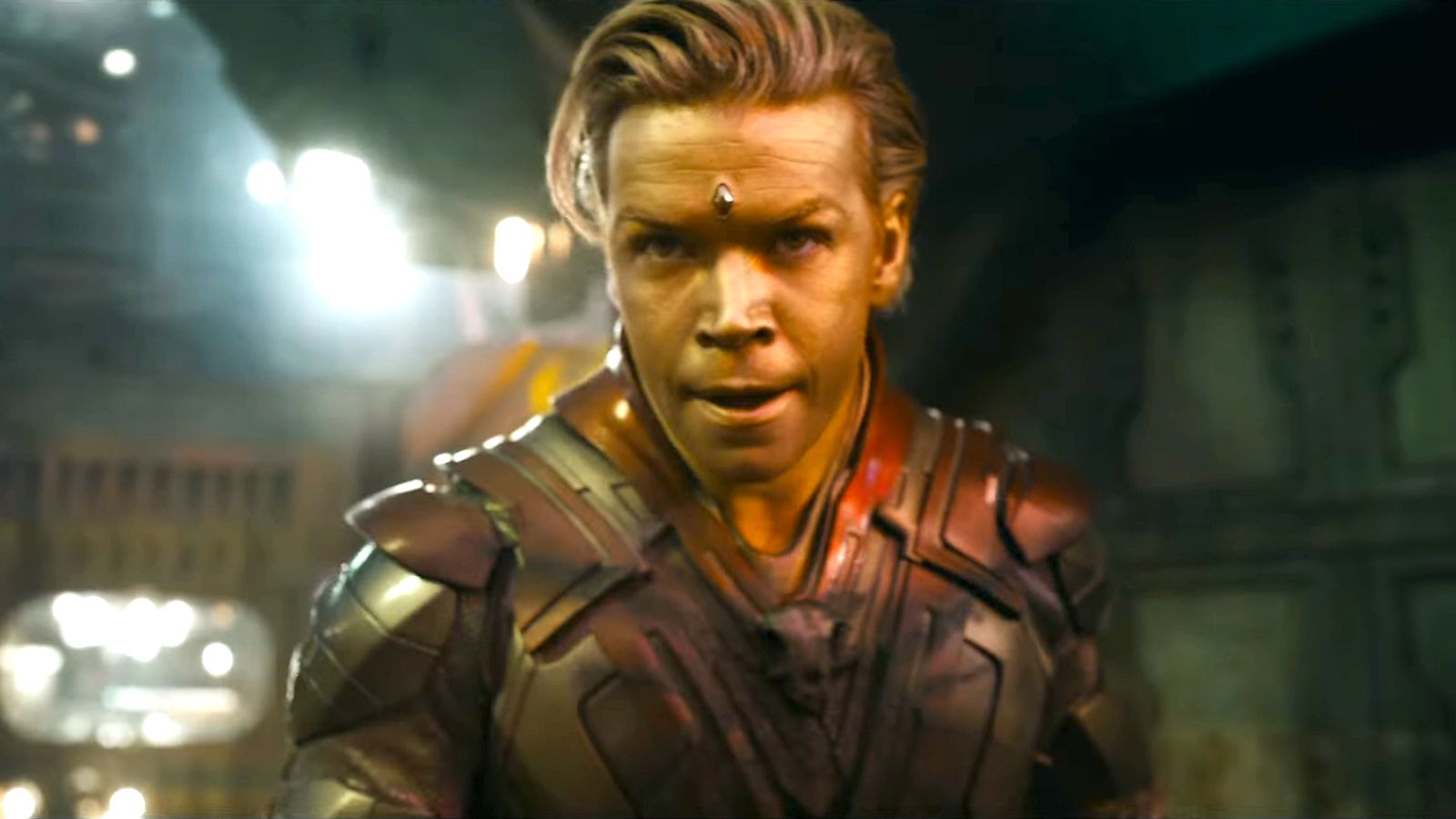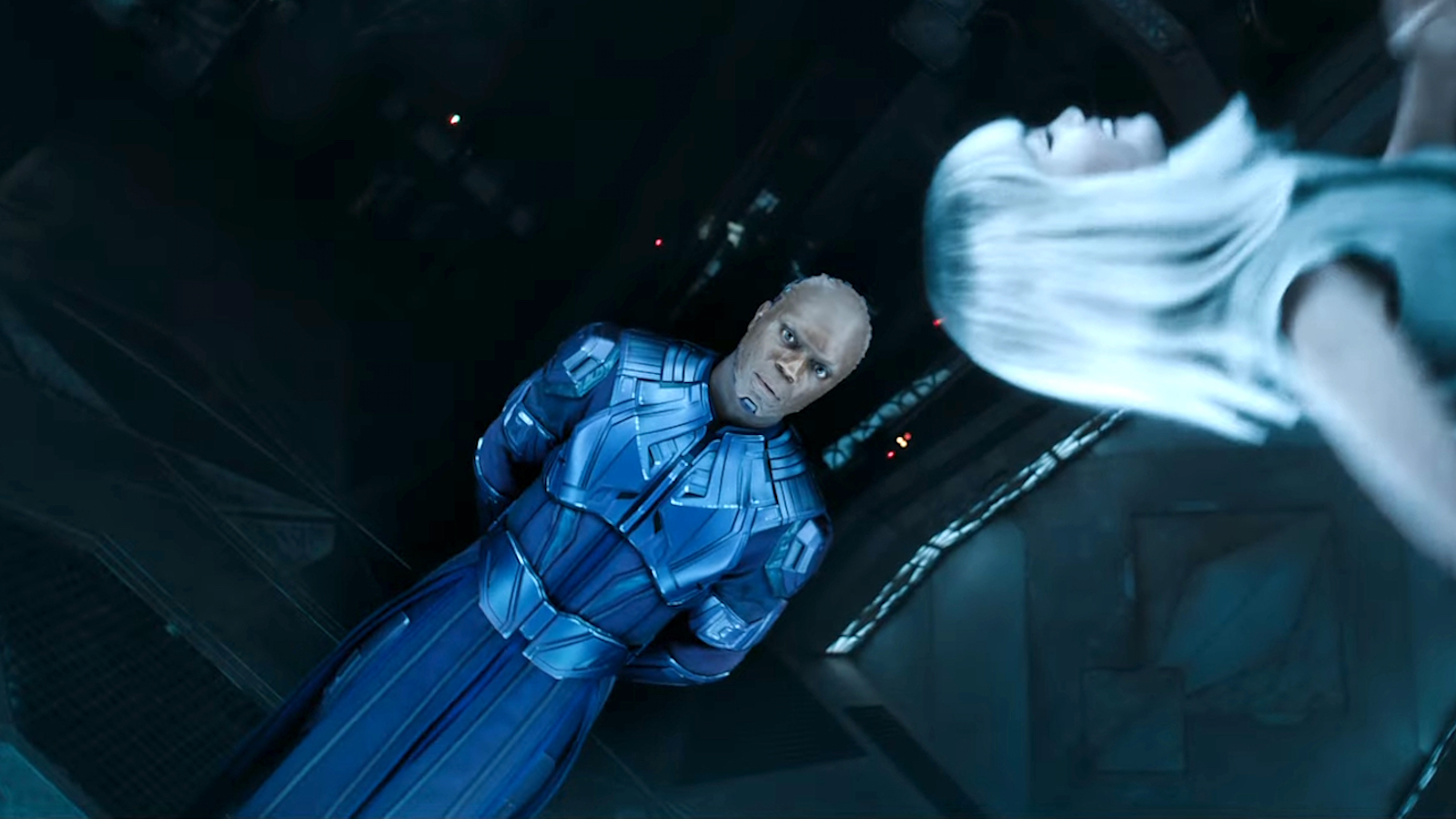Guardians of the Galaxy Vol. 3 is Marvel’s 32nd movie. Ruminate on that a bit. A franchise born of a genre Hollywood never properly took seriously has somehow grown into a cash cow the box office can hardly live without. 32 films across 14 years, generating over $28 billion collectively. That’s more than the Star Wars, Harry Potter, and James Bond franchises combined.
You would think, given the unprecedented (financial) success of the superhero franchise, that the studio would have a few pretty pennies to invest in developing high-quality VFX, but installments from virtually all of Phase Four and the biggest eyesore of them all Ant-Man and the Wasp: Quantumania have proven that to be very much… not the case.
Keep in mind, dips in CGI are not uncommon for a franchise that relies so heavily on both fantasy and sci-fi elements. Captain America: The First Avenger, The Avengers, and even parts of Black Panther were all criticized at some point in time for moments of unrealistic CGI. But those were just moments. We’re talking about a pervasive problem in the MCU right now, one that’s only grown worse with every passing film — except for James Gunn’s Guardians of the Galaxy Vol. 3. Somehow, magically, that film skipped over the whole debacle.
I, for one, am curious if there’s a correlation here that we’re all missing.
The MCU’s laundry list of VFX offenders
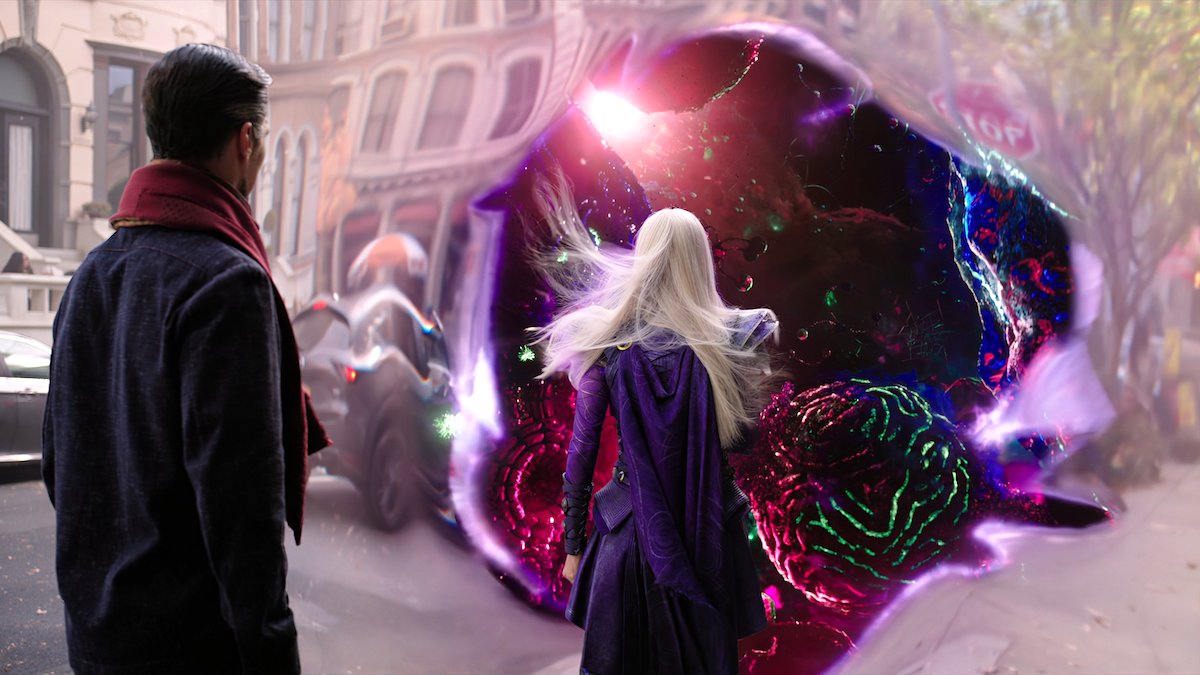
As mentioned, dips in CGI are not uncommon, but it takes only a single glance at the recent offenders — Black Widow, Eternals, Thor: Love and Thunder, Doctor Strange in the Multiverse of Madness, and Ant-Man and the Wasp: Quantumania — to notice a pattern. All of them are from Phase Four, or in the case of Quantumania, Phase Five.
That’s not even factoring in the abysmal CGI in Disney Plus’ She-Hulk: Attorney at Law or Ms. Marvel (also Phase Four). The only film to steep to that level of quality was the post-credit scenes in Eternals wherein Pip the Troll looked like something straight out of a cartoon.
The examples go on and on, from Axl’s floating head in Thor: Love and Thunder to Doctor Strange’s eye-popping post-credit scene to Florence Pugh’s Yelena getting blasted off the helicarrier’s turbine to basically the entirety of Ant-Man and the Wasp: Quantumania. All of these films save Black Widow and Eternals were sequels of movies whose previous installments were just fine. Something obviously happened; CGI doesn’t just regress. So, what is it?
Why could James Gunn pull off what Taika Waititi, Sam Raimi, Peyton Reed, and others could not?
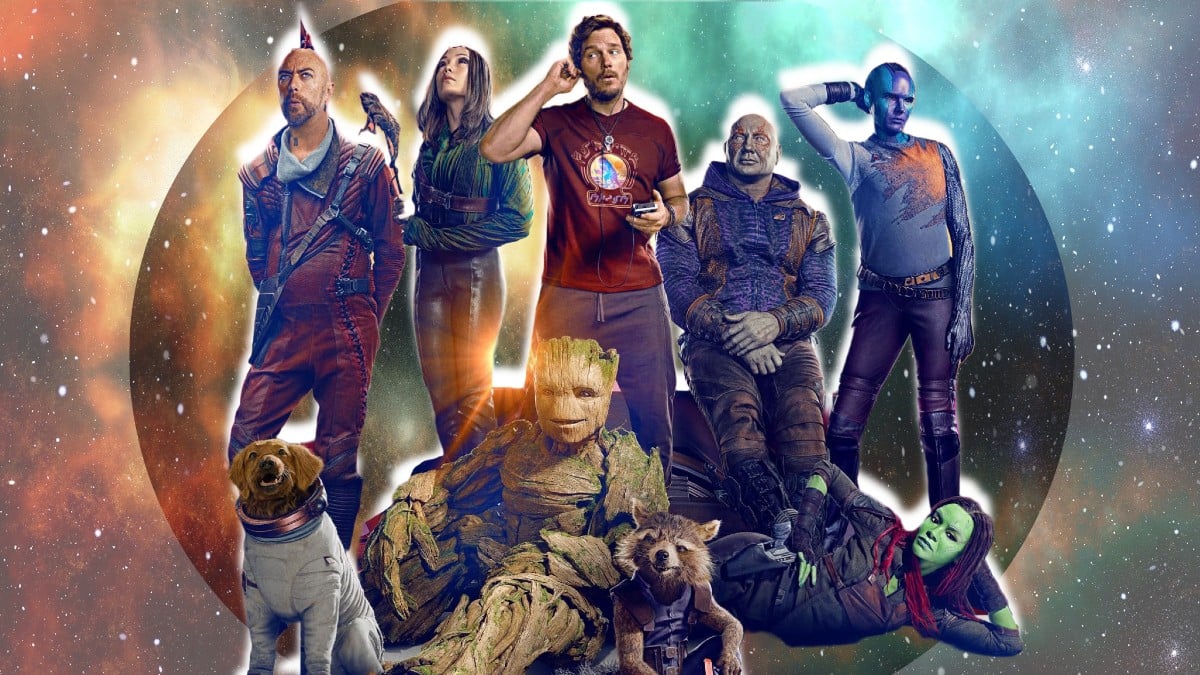
Right around the time of Thor: Love and Thunder, it became clear that Black Widow and Eternal’s poor CGI was not just an anomaly. Something was happening here. Even the studios’ VFX artists admitted to being embarrassed by the state of the franchise’s CGI. When you couple that with the shocking working conditions several VFX artists claimed ran rampant on Ant-Man and the Wasp: Quantumania — which included 80-hour weeks and more than a few shortcuts — it would appear we have zeroed in on a possible answer. Or at least part of it.
When VFX workers are overworked and operating with limited budgets, they can only do so much. Add in shortened deadlines (i.e. reshoots) and you’ve only exacerbated the problem. Doctor Strange in the Multiverse of Madness and Quantumania are just two films that saw plenty of reshoots close to their respective deadlines. As a matter of fact, Quantumania was still shooting no less than six weeks out from its premiere. Which brings us back to Guardians of the Galaxy Vol. 3.
The film didn’t break ground in terms of CGI wonderment but it didn’t dissolve into mush either. Parts of it were downright spectacular: The hallway fight sequence, Rocket and his animal friends, Groot — Groot alone deserves to be commended.
At the end of the day, Guardians is, was, and always will be, Gunn’s passion project. He breathed life into it from a tiny kernel of an idea way back when the MCU was just catching its stride. He always knew where the story was going. Barring a few unplanned turns along the way (Gamora’s death in Avengers: Infinity War, for instance), he always had an end in sight. Call it preparedness. Call it passion. Call it whatever you want, but the movie’s behind-the-scenes thoroughness speaks for itself. When you have a director whose vision is clear, a script whose plot (and dialogue) is tight, and a crew who are not overtaxed, you get an actually good superhero movie (shocking, I know).
Is that to say all the other MCU movies in Phase Four (and Five) didn’t know what they were doing? Some of them did. But definitely not all of them. I’m not about to sit here and point fingers at all the other directors and say they didn’t care as much as Gunn did, but Gunn’s passion speaks for itself. Superhero fatigue isn’t just reserved for the fandom.
Whether I’ve landed on an answer or not remains to be seen, but keep in mind, the CGI problem isn’t exclusive to just Marvel. It’s actually a Disney-wide issue, as made evident by footage from Star Wars’ Ahsoka and The Mandalorian. The Disney Renaissance the company is striving so hard to re-capture (see: live-action The Little Mermaid, live-action Lilo & Stitch, live-action The Lion King, live-action Aladdin — you get the point) just might actually become the root of its demise… VFX speaking, of course.

